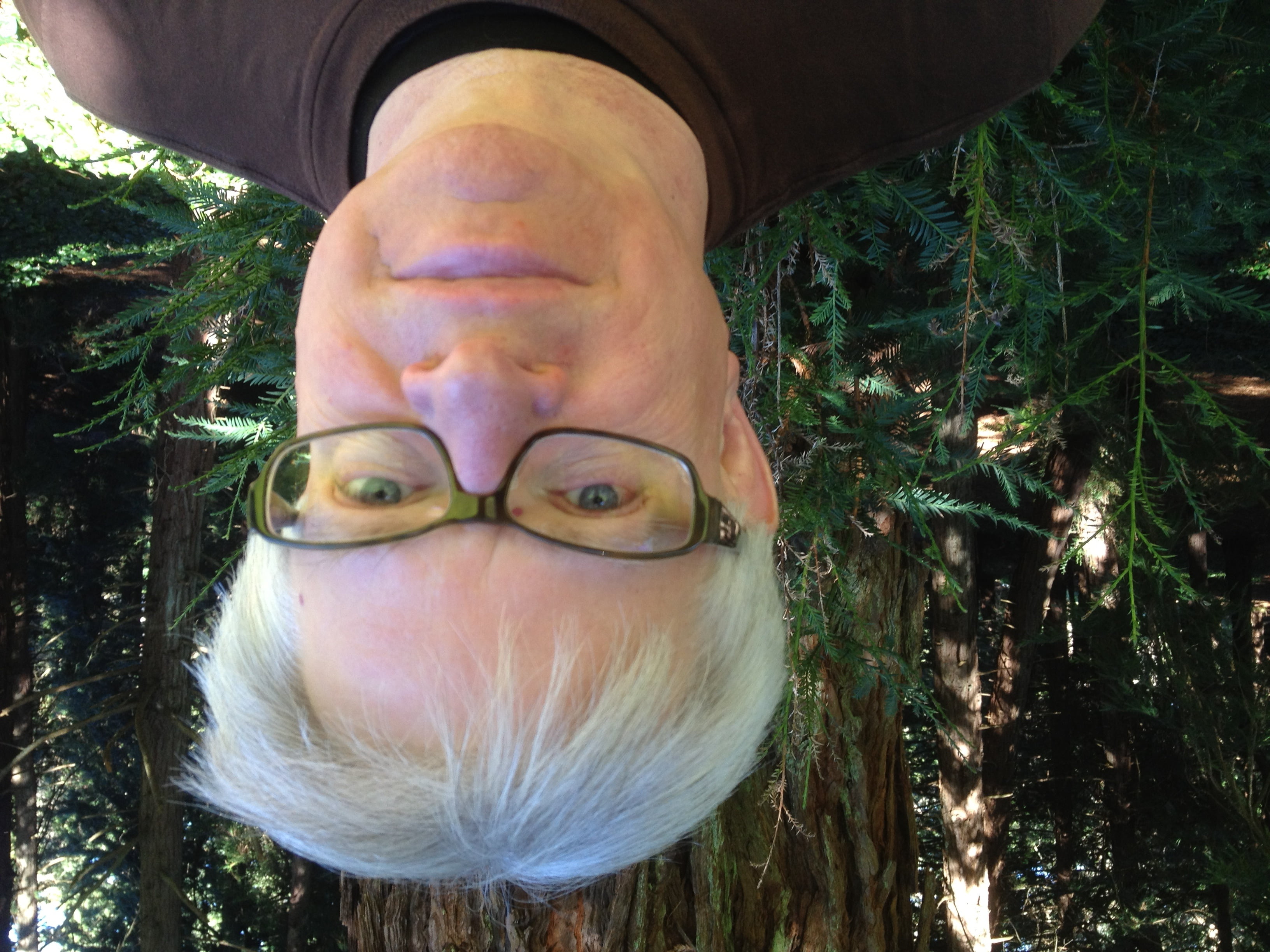Scholars of “dead tree technologies” feel increasingly uneasy in a culture overwhelmingly consumed with innovation. Although we may “live in a condition of perpetual flux,” David Thorburn hopes that “we won’t allow utopians and futurists to intimidate us.” Moderator Peter Walsh poses a series of questions to the archivists and historians on this panel, who reflect the anxiety and exhilaration of a digital age that is constantly transforming their disciplines.
After a thousand years and the extinction of many written literatures, John Miles Foley views the oral tradition (OT) as “alive and well in highly literate societies, even in the wired West, and multifunctional: it does many more things for societies than literature is able to do.” It has survived through its “ability to morph in support of morphing societies,” such as in South Africa as it dissolved apartheid. And OT and IT (Internet technology) are quite alike: both performer driven, involved in emergent activities, partaking in distributed authorship. Indeed, OT may find robust expression on the Internet, with new journals and multimedia e-companions encouraging wider audiences and interactive users for performances and events.
A switch from physical to digital archives “will change historical knowledge,” Lisa Gitelman says, because it means a change in the systems governing those archives. Whenever you open a Gmail account, says Gitelman, you’re urged not to delete: “new media have always prompted new archival sensibilities.” But, she warns, the emerging archive system “depends almost wholly on the alphanumeric character of objects and the metadata that describe them.” A historian searching through archives is like a miner whose helmet light can only illuminate narrowly defined areas.
Rick Prelinger views archives as “culturally emergent. …They’re going retail.” Once used mainly by specialists to produce books, TV shows, and exhibits, archives now attract ordinary users with home-based projects. YouTube—which only resembles an archive—has created unrealistic expectations of 24/7 archival access. But if archives rebuff users, “the social-cultural consensus that supports us and keeps archives open may fail.” Prelinger sees possibilities for changing the perception of archives “as the place where documents go to molder and die.” Archives could be “a point of departure … for historical intervention,” generating “opportunities for mainstreaming history and re-anchoring in the public sphere.”
“Stewardship responsibility in a digital environment is essential,” says Ann Wolpert, who believes “the odds that bits will survive in a shoebox in the attic are pretty small.” She also points to a “yawning gap emerging between institutional archives and records … and those archives (that are) a byproduct of normal human activities.” She shows an MIT photo of a 1935 drama club performance, where the “winsome damsel” would one day become the president’s wife. It’s the “incidental archives that create the flavor, richness and texture of life at a point in time.” What scrapbook items will people hold onto for future generations, as we record more and more “in media so ephemeral that we run the serious risk of losing …these experiences”?



